Jericho rose: description, application, cultivation and care
There is a mysterious flower in the deserts of the Middle East. Under the scorching sun, dominated by the hot sand, its leaves inevitably perish, squeezing the heart of the plant into a fist with branches, like senile fingers. And, having turned into stone, the dried up ball begins its endless run in search of living water. A miracle happens with the first drops of saving moisture: the palm of the flower opens and tiny white flowers of amazing beauty sprout inside. But the time comes, the magic leaves again hide the immortal shoots and the journey continues ... A fabulous legend about a resurrected flower? Not really. Such a plant really exists. His name is the Jericho rose.
Content:
History of origin and appearance
The scientific name of the Jericho rose is anastatica of Jericho (Latin Anastatica hierochuntica). It comes from the ancient Greek words "revived" or "resurrected". For the first time, the plant was discovered in the Middle Ages by the knights - crusaders, who noticed the amazing ability to revive the flower. Returning from the campaign, they illuminated the found unusual treasure and gave it the name "Flower of the Resurrection".
According to the biblical version, the plant was discovered by Mary on the way to Egypt, giving him a blessing to immortality. Therefore, it is also called "The Hand of Mary".
Another legend, which Ivan Bunin describes in his story "The Rose of Jericho", says that the herbaceous plant got its name from the Monk Sava, when he settled in the Judean desert.
The Jericho rose grows where most other botanical species are unable to survive.
Distribution area:
- Western Asia (Saudi Arabia, Qatar, Syria, Israel, Jordan, Iran).
- North Africa (Morocco, Algeria, Egypt).
Despite its name, the flowers of the plant bear little resemblance to classic rose.
During the flowering period, the gray leaves are adorned with miniature white flower petals, which later turn into seed pods.
Due to its small size (about 15 centimeters) and tight adhesion to the soil, the rose is practically inaccessible to animals.
Plant life cycle
It is noteworthy that another plant is often called the Jericho rose - the Scaly-leaved Selaginella. Although the Hawaiian scrub resembles anastatica in its appearance and features of the life cycle, it would still be a mistake to consider it a Jericho rose.
What actually happens to the plant during a drought period? By the end of the growing season, the leaves of the rose fall off, and the branches die and dry up, shrinking into a dense ball, inside which the fruits are reliably preserved. The dried root breaks off, turning the Jericho rose into a tumbleweed. So the plant conquers all new habitats, waiting for periods of rains.
On favorable moist soil, dried branches open up, releasing pods into the light, which will give life to new shoots.
And, although according to legend, the rose is reborn endlessly, its life cycle in reality is still limited and is about thirty years, which is also impressive!
But it is especially surprising that in a dried form this plant can be stored for many years.
Plant application
Due to the unusual property of the Jericho rose, a tradition arose:
- Passing the dried ball from generation to generation as a symbol of a blessed home that does not interrupt its lineage.
- Another custom is the tradition of resurrecting a flower for the holidays of Christmas and Easter.
- In Christianity, the Jericho rose is considered a symbol of the Resurrection of Christ. The plant blossomed on Christmas Day, died on the day of the Crucifixion and was revived again on Easter.
- Using the rose as an example, young children were told and explained the miracle of Eternal life and Resurrection.
- In ancient times, the Jericho rose was credited with miraculous properties in the fight against infertility. It was believed that a decoction of the leaves of the plant can help with asthmatic diseases.
The plant really has many useful properties:
- The room serves as a humidifier.
- It is a natural freshener, exuding tart, oriental-style saturated aromas of steppe herbs and desert in the room.
- Destroys harmful bacteria and disinfects the air naturally.
- Capable of absorbing tobacco smoke.
- The scent of the plant prevents allergic attacks.
- In the bedroom, it helps to create a sound and pleasant sleep.
- When dried, it destroys harmful insects. For example, a mole in the closet.
Growing and care
Particular interest in exotic plant occurs in children.
After all, it is a real magic to watch how literally before our eyes a dried flower comes to life.
Some clarity needs to be made here: dried branches do not come to life again and do not turn green. These are the misconceptions that unprofessional online stores lead customers into. The crown opens up, but does not come to life, releasing new shoots outside.
How to cause a rose to bloom correctly?
- Pour about 2 cm of warm water into the container for the plant. The opening can be observed already within the first hour.
- It is worth adding water every day so that the base of the flower remains in the water. But no more than a week, otherwise the rose will start to rot.
- After seven days, the flower needs to be allowed to rest, drying it for at least two weeks.
- If a rose has become infected with a fungus, a solution of a fungicide diluted with water at the rate of a few drops per liter of liquid will help in the fight against it. Mold usually disappears after spraying.
- It should be noted that the dried rose does not rot. You can store it both in a closet and in a lighted place.
It is not surprising that the Jericho rose, sung by poets of many countries, won the love of admirers from all over the world. In addition, it is spectacular and useful plant unpretentious in content and does not have any drawbacks.



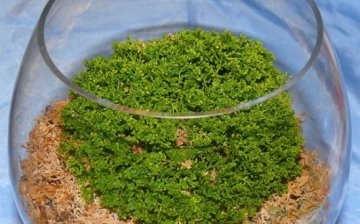



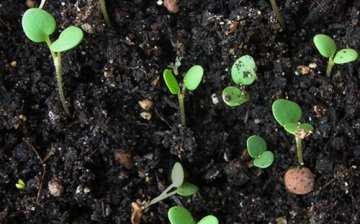





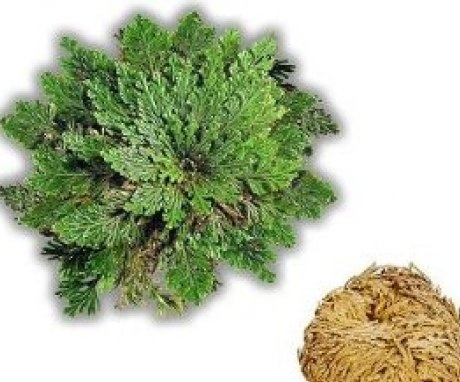
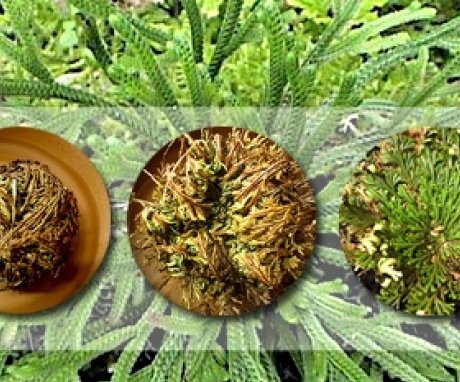

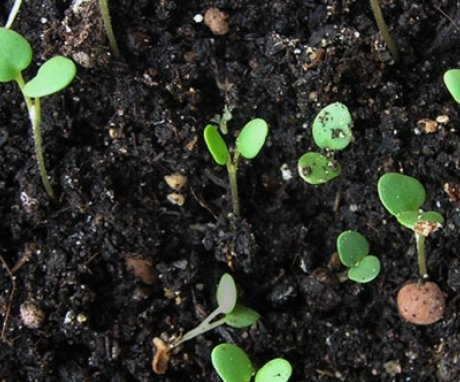
Initially I thought it was a Hawaiian screech. But this is not the case. His leaves are a little different. I read the article and after learning about the properties of the rose, I wanted to plant one for myself. However, I have not seen such a miracle in flower shops.
Such a flower can hardly be called a rose, it is so different from it. Jericho rose, more like a fern, or tumbleweed. For a garden, or indoor flower, I would not start such a plant.